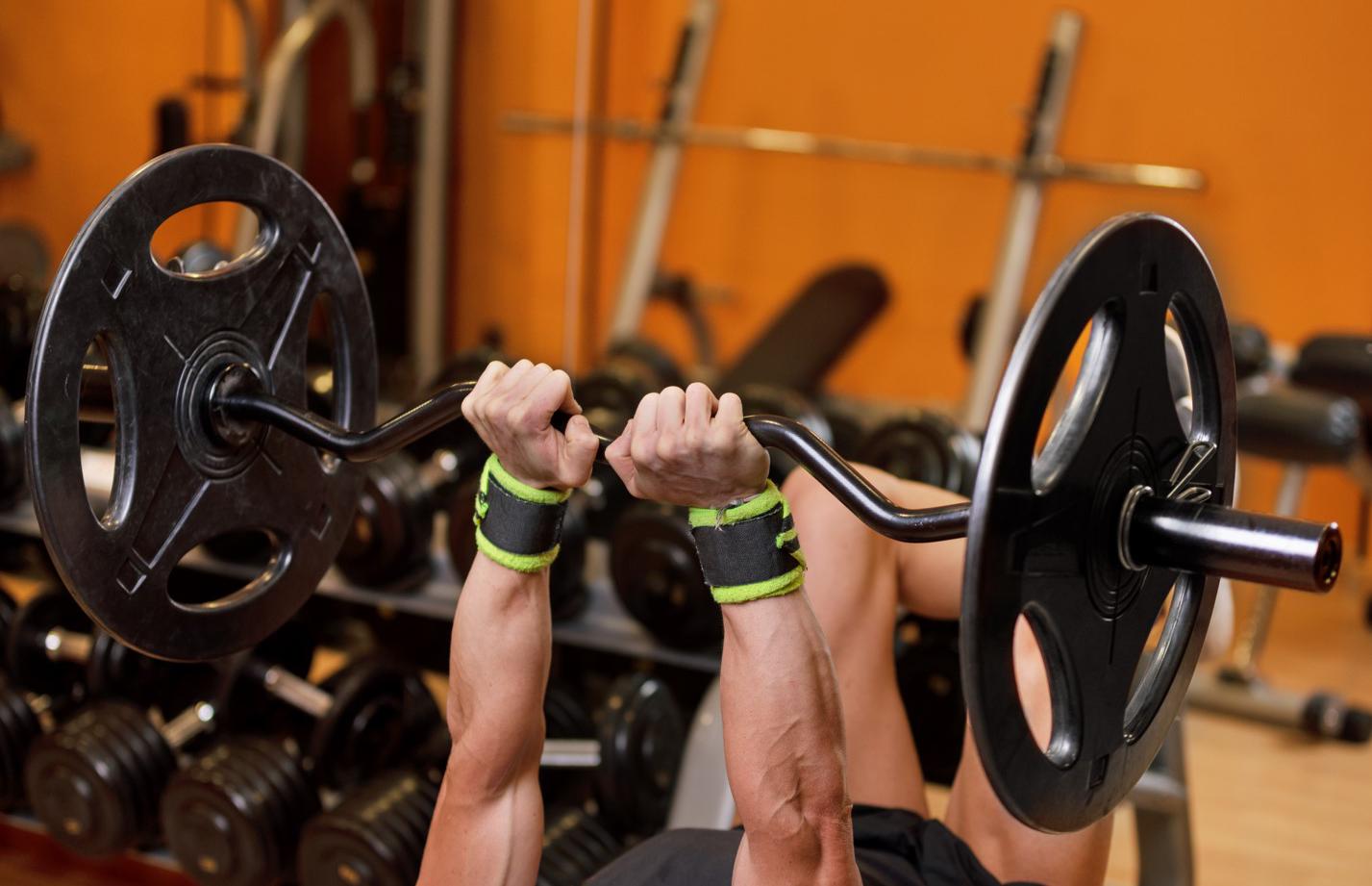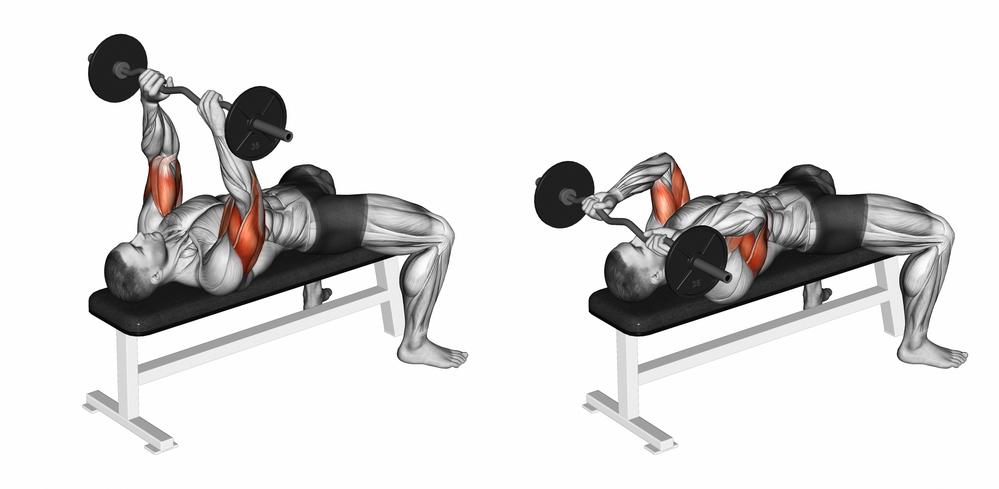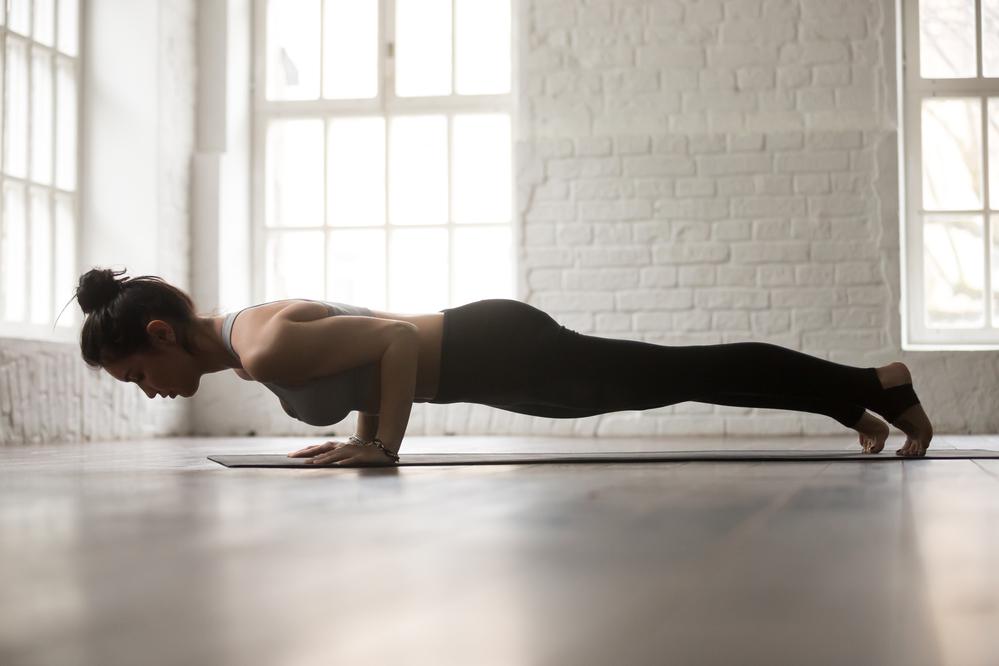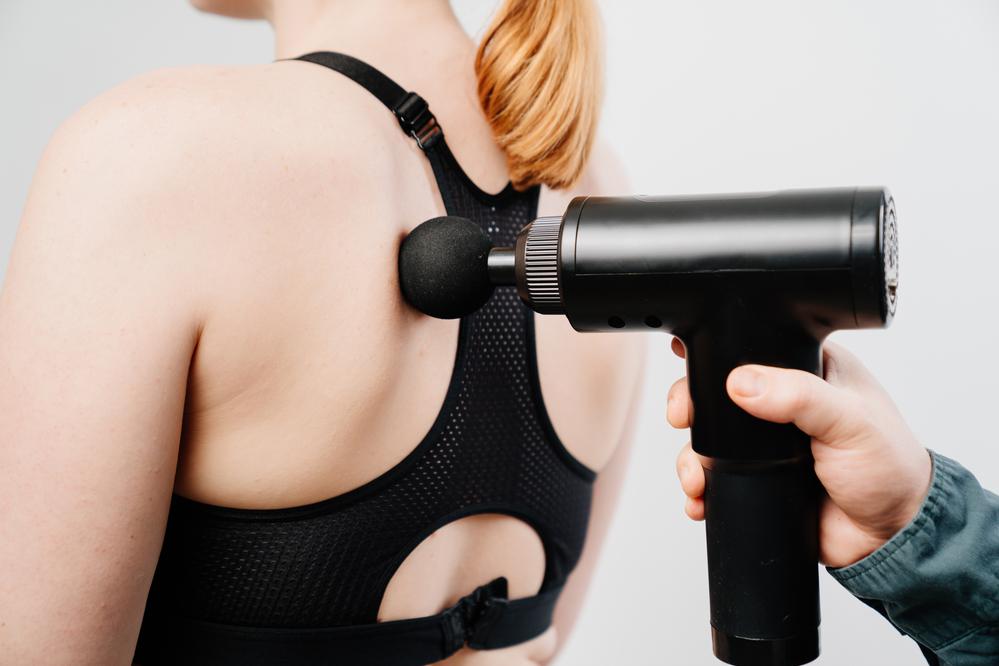
What is a French press and how to do it correctly: expert advice.
- What is this
- Execution technique
- What to replace
- Expert commentary
— Mikhail Prygunov, fitness trainer, master of sports in bodybuilding, absolute champion of St. Petersburg in bodybuilding, co-founder of the FitStars fitness platform;
— Artem Rodin, neurologist of the BestDoctor group of companies.
What is a French press

Depending on the type of exercise, additional muscles of the arms and back are involved in the work.
The French press is an isolated multi-joint exercise in which the arms are bent overhead while lying on the back. The name comes from the sport of the same name – French wrestling (later it was renamed Greco-Roman). Athletes used this element in training to make their arms stronger. In addition, the French press helps to achieve relief on the triceps.
According to Mikhail Prygunov, the absolute world record for bench press without equipment is 355 kg. Installed February 21, 2021 by Julius Maddox.
What muscles work
The target muscle in the exercise is the triceps. But the biceps, ulnaris, serratus anterior, brachialis, latissimus dorsi and forearms can also be involved.
The long head of the triceps works when extending the arms at the shoulders. It, as well as the lateral and medial ones, are activated when the elbow is extended. Raising your arms above your head and bending them back is not the most natural movement in everyday life: unlike, for example, the deadlift, which at least sometimes works in everyday life when lifting weights.
Contraindications to the French press
Any exercise is a load that should be considered individually depending on your characteristics, chronic diseases and injuries.

Many people are interested in whether it is possible to perform a French press if you are an inexperienced athlete and have only recently started playing sports. Mikhail Prygunov comments: “It all depends on how correct the technique is for performing the exercise, with what load, with what weight. Beginners should do the French press with a light weight so that they can comfortably perform 15 repetitions in one set without compromising their technique. Then it will be harmless and harmless. The French press has a reputation for being a traumatic exercise. People often lift weights that are too heavy and mess up their technique. This leads to injuries to ligaments, elbows, or even shoulder joints (this happens if you pull your arms back too far). Therefore, take lighter weights and perform repetitions technically and efficiently.”
The expert notes that if your elbows hurt, you need to give them rest: do not perform heavy exercises with heavy weights. In addition, you should never do exercises that cause pain in your elbows. Before training, you can use warming ointments.
How to do a French press: techniques for performing various types

The French press is interesting because it can be varied
There are many variations of the exercise: the French press can be done in different positions, with an expander, barbell, dumbbells and kettlebell. During the execution, it is permissible to vary the amplitude of movement and the weight of the weighting agent. First, you should master the classic French press technique.
Starting position: lying down, legs bent at an angle of 90 degrees, feet on the floor. Grasp the bar with a grip slightly narrower than shoulder width. Try one of two options.
- With the establishment behind the head. Stretch your arms up with a 45 degree tilt towards your head. When bending, the barbell should be at the top of the head. In this case, in addition to the lateral and medial triceps bundle, the long head of the triceps is actively stretched.
- With application to the forehead – in this position, the range of motion decreases, but the risk of injury increases. Stretch your arms up, position the bar at shoulder level.
In both cases, the shoulder muscles are fixed. Bend your arms, lowering the bar to your forehead or the top of your head, depending on the type of exercise you choose. At the bottom point, begin to straighten your elbows, returning your arms to their starting position.
Important: Only the elbows extend and bend, the shoulder and wrist joints remain motionless.
The French press is interesting because it can be varied. Some exercise options are only available in the gym, while others can be done at home with minimal weights.
1. French Bench Press
Lying on your back, lift the bar to chest level and press the bar up, straightening your arms completely.
2. Seated French press
To prevent your back from rounding, you need to tense your lumbar muscles and maintain the natural, S-shaped curve of your spine.
3. Standing French press
In the starting position, your feet should be shoulder-width apart, and the barbell or dumbbell should be raised above your head. Next, slowly lower your hands back behind your head and return to the starting position.
4. One-arm French press
Can be done both sitting and lying down. The arm with one dumbbell is bent in the opposite direction.
5. Reverse French Press
Take the bar with a grip slightly wider than shoulder-width and lower it just below the solar plexus. Do not fixate at the bottom point and do not bring the barbell to the body.
6. California press
Starting position: lying on a bench, the bar in a moderately narrow grip. As you inhale, smoothly lower the barbell to your upper chest, and as you exhale, press it up.
7. Arm extensions on a block machine
The exercise can be performed both in a crossover and on a back exercise machine with an upper block. The effectiveness of the load depends on the position of the elbows: they should be pressed against the body.
8. Extension of arms from behind the head with a weight plate
Hold the barbell with an overhand grip and straight arms above your head. As you inhale, bend your elbows, move the bar behind your head, and as you exhale, return to the starting position.
How to replace the French press

During lowering, the elbows are spread not to the sides, but along the body
Mikhail Prygunov recommends the following exercises as an alternative to the French press.
1. Push-ups with narrow arms
The hands are placed under the shoulders so that the distance between the hands is no more than shoulder width. During lowering, the elbows are spread not to the sides, but along the body. Lower yourself until your chest touches the floor and push up to the starting position with your arms straight.
2. Reverse push-ups from a chair or from a sofa
Sit on the sofa and place your hands on the sides of your pelvis. Take half a step forward, bending your elbows. Slide your back a couple of centimeters from the sofa so that your buttocks practically touch the floor. Then return to the starting position.
3. Dips
Can be performed on a site with horizontal bars. This exercise works the triceps well. Starting position: emphasis on parallel bars with straight arms. As you inhale, bend your elbows and lower yourself down to the horizontal position of your shoulder arm or slightly lower. As you exhale, push up from the bars and return to the starting position. Do not touch the ground with your feet while performing the exercise.
4. Elbow plank with arm extension
Starting position: plank on your elbows. At the same time, straighten your arms and go into plank position with straight arms. Then bend your arms and lower yourself into a plank position on your elbows.
Expert commentary

Massage stimulates blood circulation, speeding up the recovery process
